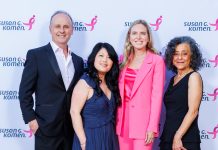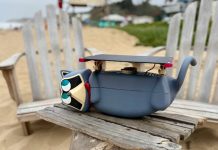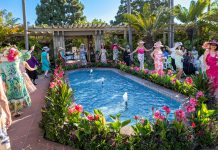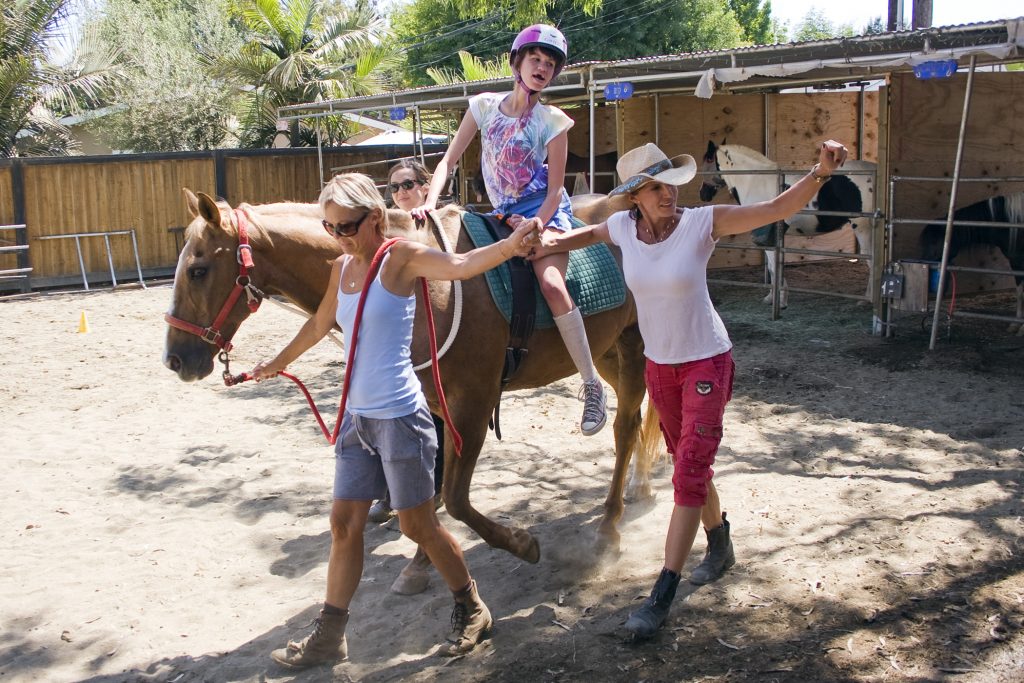
— Photo by Sara Hall ©
Michelle Hoops smiled and blew kisses to the people standing around the small arena watching her sit tall while riding Peanut, a 19-year-old quarter horse. Hoops and Peanut mosey around the small dusty yard behind a house in Newport Beach during their weekly session at the Back Bay Therapeutic Riding Club.
Hoops, 25, who has hypotonic and scoliosis of the spine, gets to walk Peanut on short lap around the enclosure at the end of her lesson with assistance from her father. Just a few years earlier she had to use a wheelchair to get around.
Her father, Mike, said she does several therapies and can’t specifically contribute the progress to the horse therapy or one of the other therapy methods, but said riding Peanut is her favorite activity of the entire week.
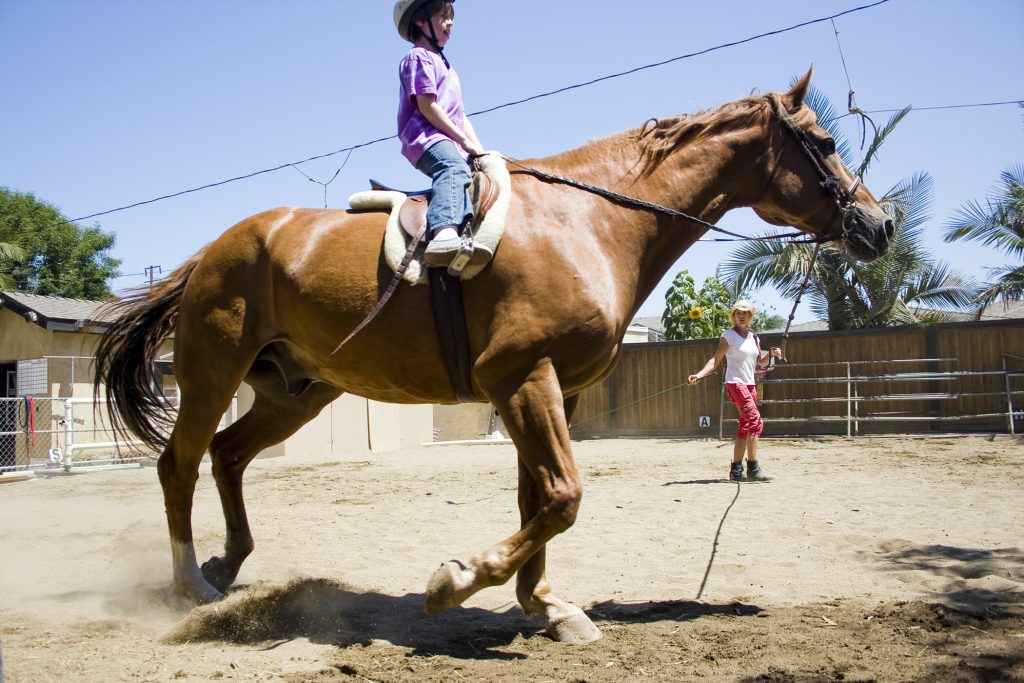
— Photo by Sara Hall ©
“It’s very important to her,” he said. She has photos of Peanut on the wall where she eats breakfast and every morning she will point to the pictures and pat them. She has a real connection to Peanut, he said.
There are multiple benefits for Michelle, he said. For about two days afterward he notices her spine straightens up a bit and she will get stronger. Emotionally, the connection she feels to Peanut is really special to her.
“If Michelle could do this every day it would extremely beneficial,” he said.
It is a really great experience for all the kids that come to BBTRC, he said. It’s a great exercise for them and the whole experience is great for the kids.
“Kids and horses,” Hoops said, “they’re made for each other.”
The BBTRC is a nonprofit organization dedicated to providing an avenue to improve the bodies, minds and spirits of children, youth and adults with physical and or developmental disabilities, through therapeutic horseback riding lessons and other unique activities.
The program was founded by Bernadette Olsen four years ago but has been a longtime dream of hers. She started riding horses when she was 7 years old and started working with handicapped children when she was 14.
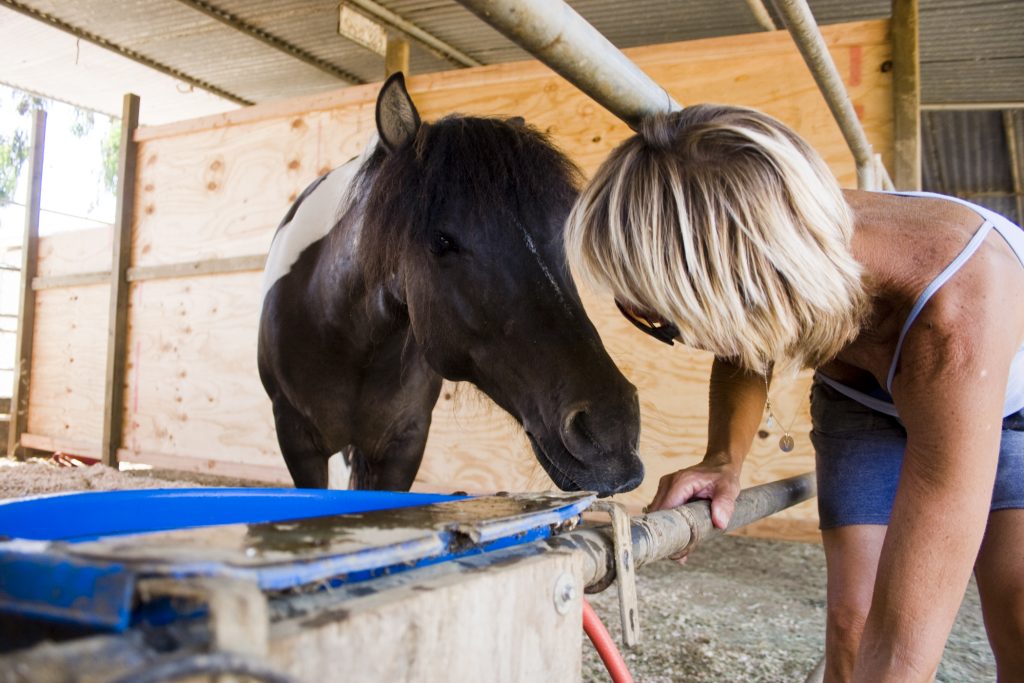
— Photo by Sara Hall ©
Olsen, who grew up in Germany, worked for ten years with a woman who was researching hippotherapy just outside of Munich. Hippotherapy is a treatment strategy for physical, occupational and speech-language therapy sessions that utilizes equine movement.
After she moved to the U.S., Olsen became a trainer but soon became “turned off by the whole training scene” and became a certified Advanced Therapeutic Riding Instructor.
“(I wanted) to put abused or unwanted horses with special needs and underprivileged children and adults,” she said.
She wanted to help both the horses and the children and create a program that both would benefit from. Both the child and the horse need to match well together so the relationship is positive for both parties. The idea behind back Bay Therapeutic Riding Program was born.
When looking for a therapy horse, Olsen said the number one priority is personality. They need to be calm, gentle and not easily spooked. The also need to have a good, solid body and not too big.
The children need to be assessed as well so that they are matched to the horse that is right for them. Olsen then sets up a lesson plan for the child and determines what type of exercise and games the student will do with their horse.
The BBTRC works with riders with a wide range of disabilities such as cerebral palsy, autism, muscular dystrophy, scoliosis and many more. Children with behavioral and confidence issues can also benefit, Olsen said.
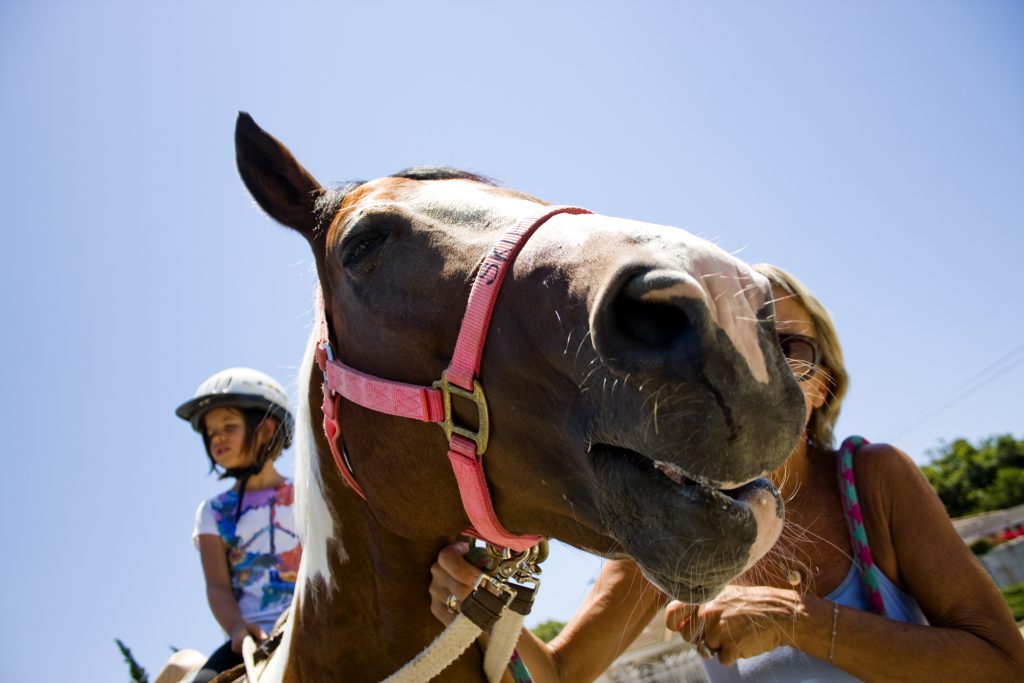
— Photo by Sara Hall ©
There are many ways for the riders to benefit, both physically and mentally.
Physically, riders will improve their balance, joint mobility, coordination, muscle tone and posture. And the muscles underneath their legs are similar to a massage and will help relax the rider’s legs.
Mentally, riders feel more confident, successful, and proud of themselves. The connection the riders feel with their horse can also be very beneficial.
Carrie Spence, a volunteer since the start of the program, said there are several stories that show how the horses can help the children. She remembered one student who had not smiled in several years. When they put him on a horse he began to smile and laugh.
“It brought tears to all of our eyes,” Spence said.
“It makes me feel so good to help with the kids and horses,” Spence wrote in an email. “Nothing makes me happier than to see the kids smile and laugh and get so much from being on the horses or even grooming them for that matter.”
The riding club has also recently been working with women in recovery from eating disorders and is looking to expand its programs in that area. The club is also looking toward potentially working with other recovery programs in the future.
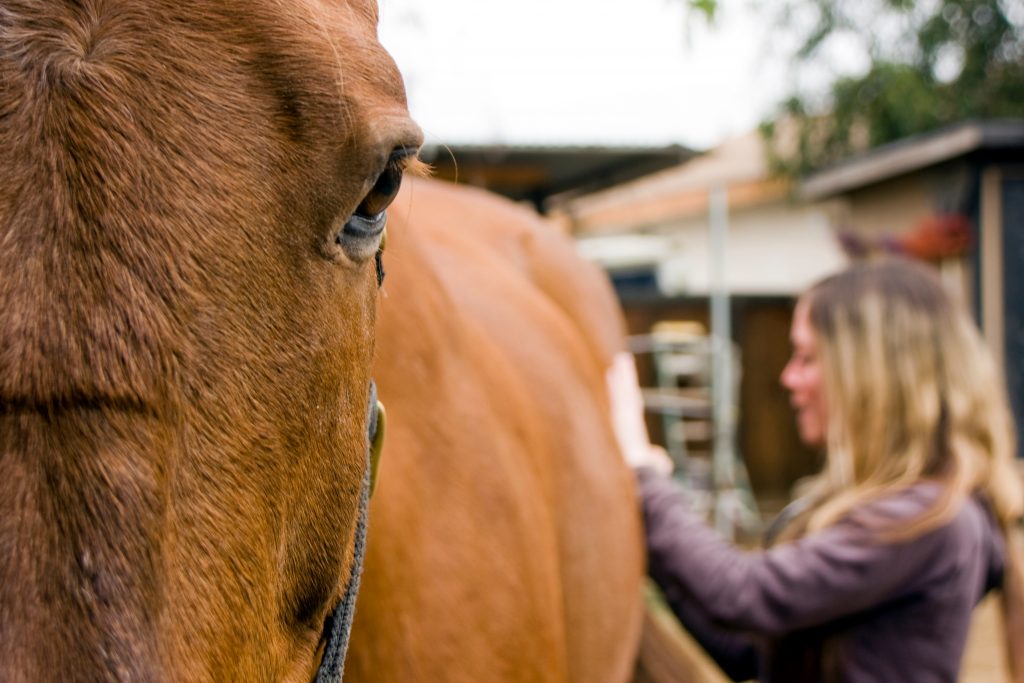
— Photo by Sara Hall ©
“Our patients have greatly benefited from the weekly groups with the horses,” said Rebecca Cooper, founder of Rebecca’s House, the eating disorder recovery program the riding club works with.
“Patients with eating disorders are rarely in touch with their feelings,” Cooper said. “In this unique setting they can see how the horse responds to their moods and energy.”
A lot of the women relate to the horses because they are rescues, said riding club Executive Director Philippa Wagoner, and like the women in recovery, they each have their own unique story. The women and the horses have felt many of the same things, she said. Horses are very intuitive, she added, and they can sense the pain and struggle many of the women feel.
The women in the program agree that they have a special bond with their horses.
“You form a connection,” said Mika Beckstead, who has grown very close with her horse, Babe. “I can’t really put it into words… It’s something you feel.”
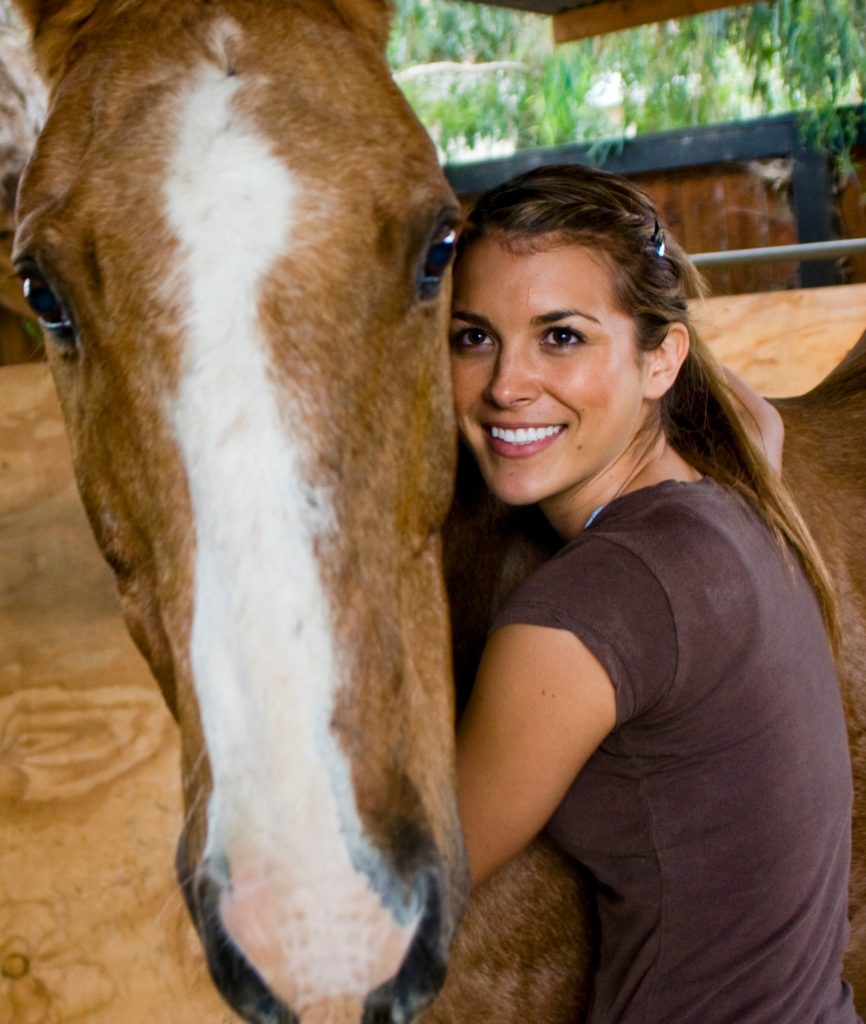
— Photo by Sara Hall ©
Beckstead said she has cried several times while working with Babe and he has helped her in her recovery. Just being around him helps, she said.
Although therapeutic riding can be very beneficial for many children and adults with disabilities, it is not for everyone. According to the website, prior to enrolling in the program, “clearance must be obtained from the rider’s treating physician stating that there are no contraindications to participation in a horseback riding therapy.”
The fee to attend the program is “based on their (the family’s) ability” to pay said Bernadette’s husband, Jeff Olsen, who is also president of the board of directors for BBTRC.
The BBTRC currently has 30 riders and more on a waiting list. Olsen said she would like to eventually expand and add ten more riders. She said she would love to have a bigger arena as well.
In order to get space though the program needs more money, she said. Fundraising has been difficult, with their latest fundraising event raising less then half of what they were aiming for.
Most of the money raised goes toward the care and maintenance of the horses, Olsen said. The food being one of the more costly expenses. Vet bills are not nearly as bad as they could be, she said, because they get vet services donated by Crysta Burns and vet bill discounts from Dr. Secor.
Olsen hopes the fundraising aspect of the program will grow stronger and there will be more fundraising events coming soon. And the program is growing, they have recently added two new board members, Victoria Slane and Judy Davis. So Olsen said she is feeling positive about the future.
“You can’t say enough about a place like this,” Hoops said. “And other places are not this intimate. They (the riders) get to feed them, she (Michelle) gets to walk him. It’s a big deal to Michelle.”
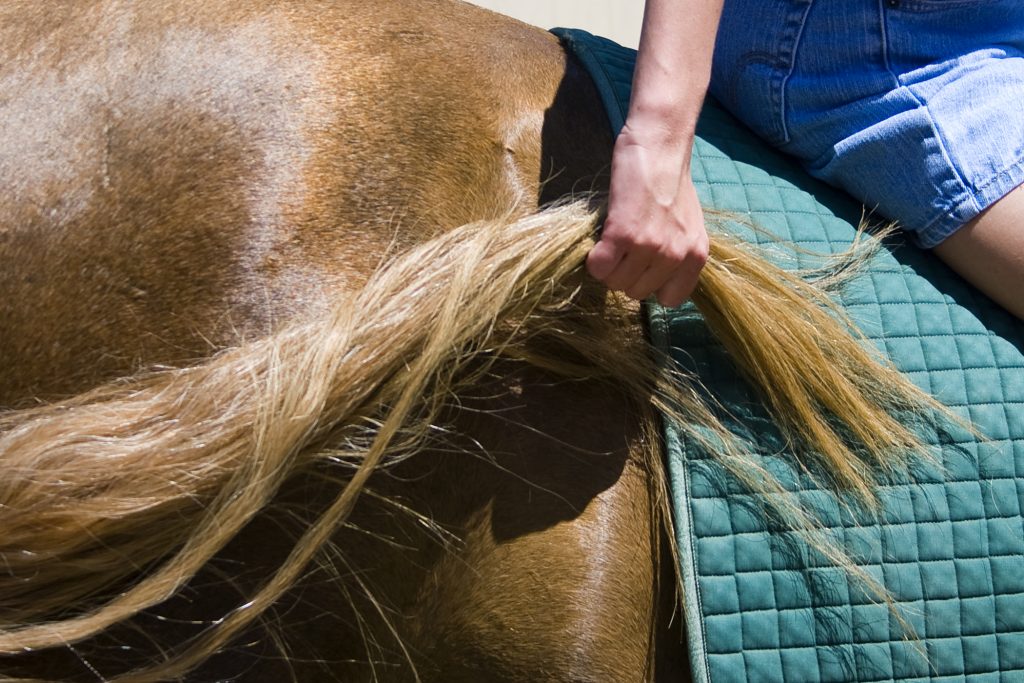
— Photo by Sara Hall ©
Spence agreed that the BBTRC program is special.
“We believe in making sure each and every child gets the utmost attention at every lesson,” Spence wrote in an email. “Our program also offers great trail rides in the beautiful Newport Beach Back Bay area for the kids to experience other sights and smells that other small programs can’t offer.”
A fairly new rider to the riding club is Connor McCrory, 8, whose favorite horse is Scruffy, the formerly famous jumping horse.
“I like to trot on him and last time I got to steer him,” Connor said. On his most recent visit on Wednesday, Connor got to learn how to ride in a jumping position and was allowed to maneuver Scruffy through a small obstacle course set up in the yard.
Connor has only been involved with BBTRC for about 2 months but his mother said it has already built his confidence. He has a athletic and determined older brother and younger triplet siblings, and it has been hard for Conner to have his own identity, his mother said while watching proudly from the sidelines. Riding horses has become his own unique activity, she said, something he can be proud of and is rewarding for him.
Another parent agreed that the program boosts self-esteem and confidence.
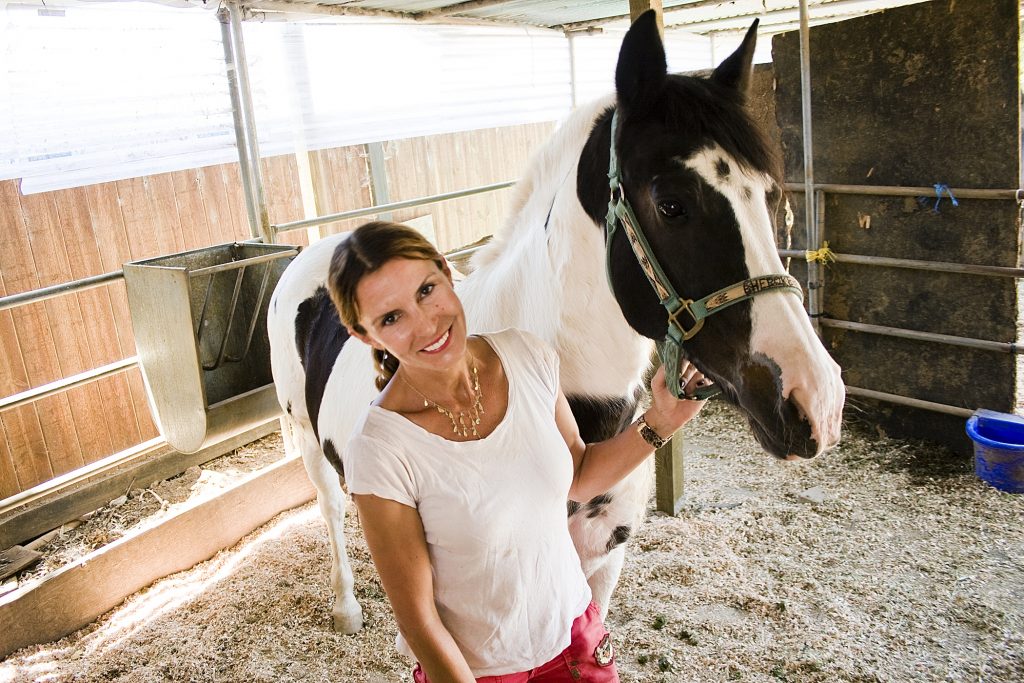
— Photo by Sara Hall ©
“It’s a place where she’s accepted and she’s successful… It allows her to be herself,” said Katherine Shannon, mother of Karoline, 9, and Katie, 7.
Karoline has been riding at BBTRC since the program began four years ago.
Something all the parents agreed on was how much Bernadette Olsen added to the entire experience for the children. She holds the bar high and challenges the kids just the right amount, said Shannon. She encourages them and helps them feel confident, said Hoops.
“Bernadette’s drive and passion is evident,” said Shannon. “And she has a really amazing team.”
The team of volunteers that work for the BBTRC have a wide range of experience and backgrounds. The program is always in need of volunteers, Olsen said, and no horse knowledge is necessary. All volunteers will go through a training program.
“”It’s truly amazing to see the changes (in the children),” said horse manager Vickie Tombrello. “(And) the link between the horses and the kids is incredible.”
For more information, visit BackBayTRC.org.
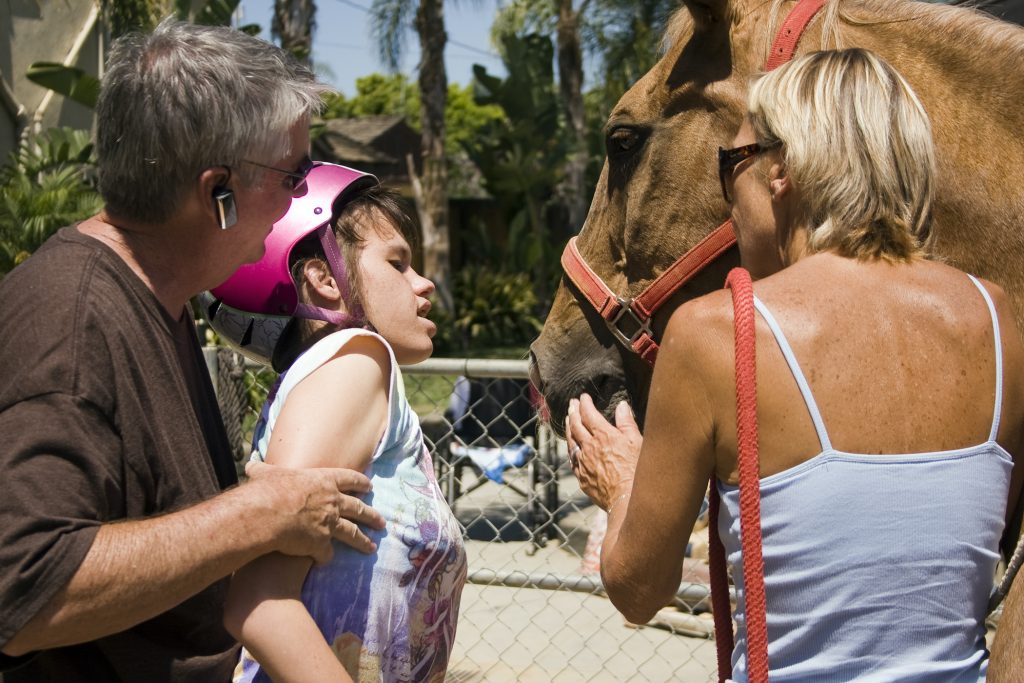
— Photo by Sara Hall ©
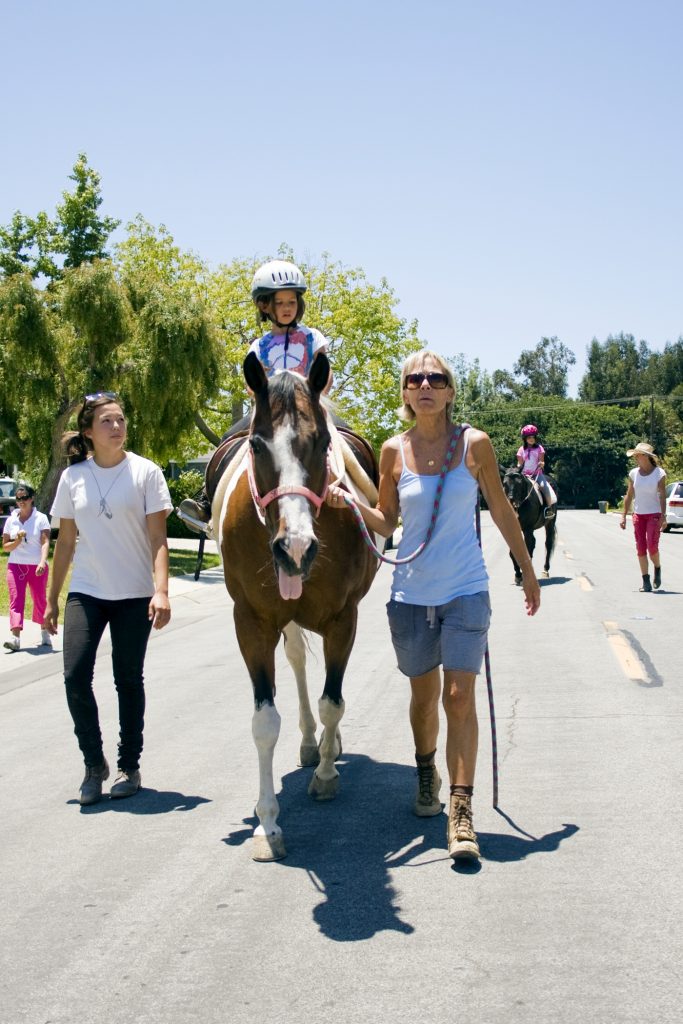
— Photo by Sara Hall ©
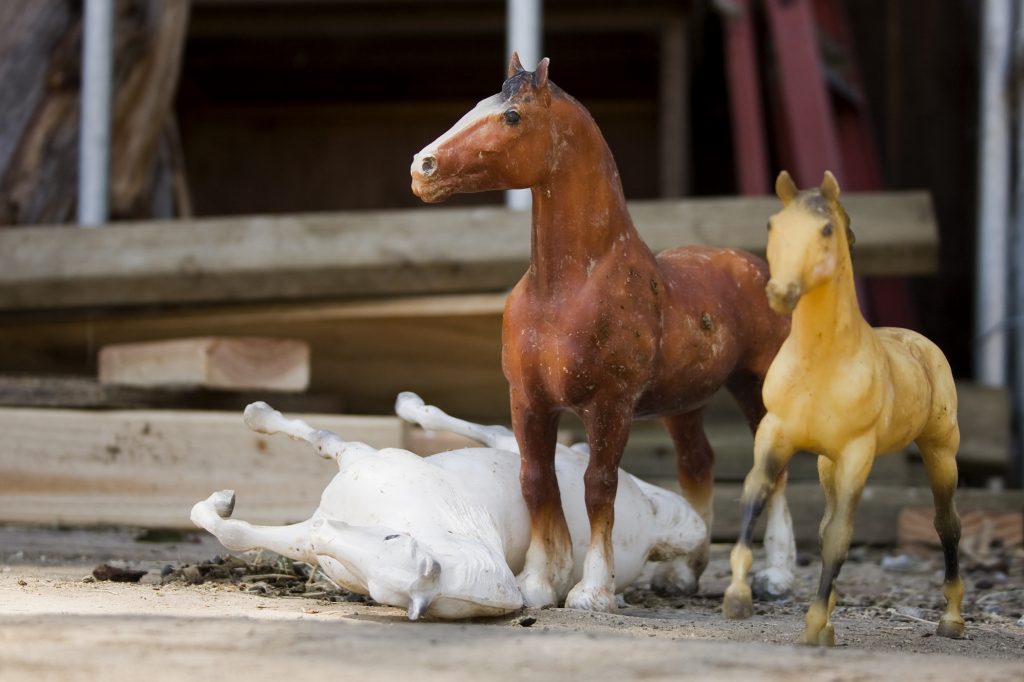
— Photo by Sara Hall ©
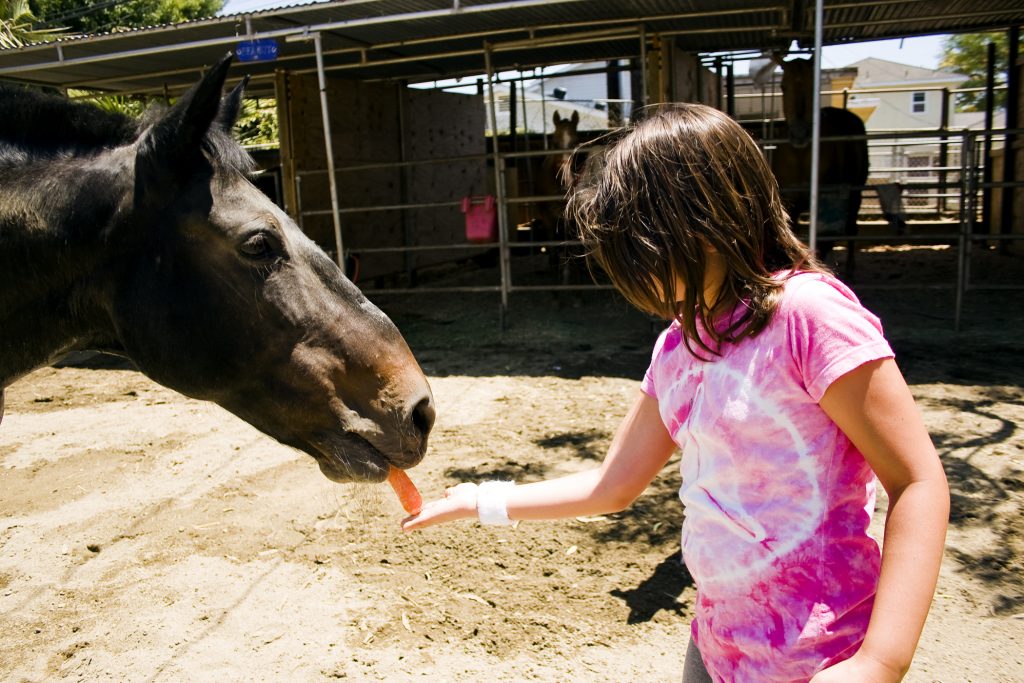
— Photo by Sara Hall ©


